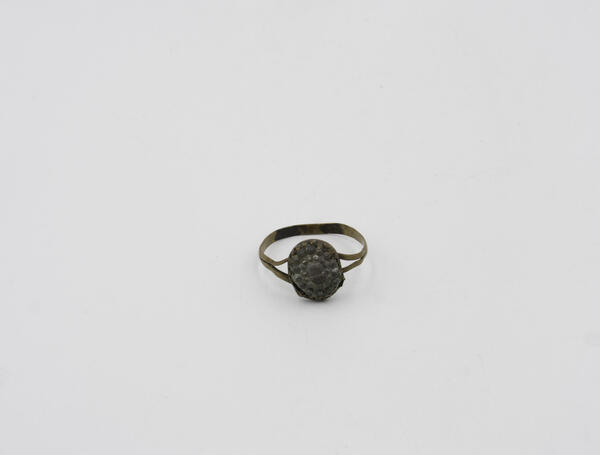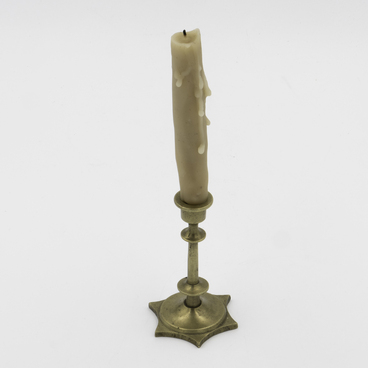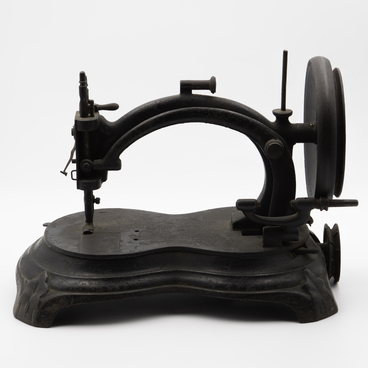Our ancestors believed that in the period from Christmas to Epiphany (Yuletide), all predictions came true. It was a time of fortune-telling and mysterious rituals, during which people, without fear, called on evil spirits to find out their future, tell fortunes for the groom or find answers to questions that bothered them. Yuletide is the period when, according to legend, the souls of the dead returned to earth, hence the assumption that all divination would come true. According to the researchers, since ancient times, the Yuletide time in Russian culture had been perceived as good, cheerful, interesting, but at the same time — dangerous and hostile. According to custom, it was believed, evil spirits were active on these days.
It is important to note that when starting a fortune-telling ritual, participants often freed themselves from all sorts of amulets and even cursed themselves to increase the effect. In addition to Christmas and Epiphany, divination rites were sought to be held on St. George’s Day, Easter, Trinity, and St. John the Baptist’s day. The most popular rituals were fortune-telling for a future husband. It was believed, that before starting the ceremony, the girl had to take off her cross, bracelets, and belts, untie all the knots on her clothes, and let her hair down. An exception was made only for the ring, which was an important part of many rituals. For example, with a thread and a ring, the sex of the unborn child was learned: for this purpose, the ring was suspended on a thread and slowly lowered between the thumb and index finger. If the ring started spinning — a girl would be born. And if it swung like a pendulum from side to side — a boy.
People also believed that if one poured grain into a deep plate and put a ring there, one could find out how soon a girl would get married. To do this, unmarried women would sit in a circle and take turns picking up grains in their hand: the one who got the ring was destined to get married in the following year.
The wedding ring has always been endowed with a special magical power. It was believed that the accuracy of the prediction largely depended on what kind of ring was used. Usually, a very smooth ring was used for the rites. If an unmarried girl was telling fortunes, she asked for an engagement ring from a close relative. Married women used theirs.
The simplest and most popular way to find out the future with the help of an engagement ring was a “pendulum”. A thread or hair of the fortune-teller was tied to the ring, then the “pendulum” was fixed in the center and everybody looked in which direction it would rotate. For this, for example, one could write the names of the betrothed on paper and see which of them the “pendulum”would react to.
In addition to the ring, the fortune-telling kit on display in the museum collection there are candlesticks, a plate, and a mirror. With the help of these objects, a girl could tell fortune for the looks of the future groom or ask other questions that were important to her.
It is important to note that when starting a fortune-telling ritual, participants often freed themselves from all sorts of amulets and even cursed themselves to increase the effect. In addition to Christmas and Epiphany, divination rites were sought to be held on St. George’s Day, Easter, Trinity, and St. John the Baptist’s day. The most popular rituals were fortune-telling for a future husband. It was believed, that before starting the ceremony, the girl had to take off her cross, bracelets, and belts, untie all the knots on her clothes, and let her hair down. An exception was made only for the ring, which was an important part of many rituals. For example, with a thread and a ring, the sex of the unborn child was learned: for this purpose, the ring was suspended on a thread and slowly lowered between the thumb and index finger. If the ring started spinning — a girl would be born. And if it swung like a pendulum from side to side — a boy.
People also believed that if one poured grain into a deep plate and put a ring there, one could find out how soon a girl would get married. To do this, unmarried women would sit in a circle and take turns picking up grains in their hand: the one who got the ring was destined to get married in the following year.
The wedding ring has always been endowed with a special magical power. It was believed that the accuracy of the prediction largely depended on what kind of ring was used. Usually, a very smooth ring was used for the rites. If an unmarried girl was telling fortunes, she asked for an engagement ring from a close relative. Married women used theirs.
The simplest and most popular way to find out the future with the help of an engagement ring was a “pendulum”. A thread or hair of the fortune-teller was tied to the ring, then the “pendulum” was fixed in the center and everybody looked in which direction it would rotate. For this, for example, one could write the names of the betrothed on paper and see which of them the “pendulum”would react to.
In addition to the ring, the fortune-telling kit on display in the museum collection there are candlesticks, a plate, and a mirror. With the help of these objects, a girl could tell fortune for the looks of the future groom or ask other questions that were important to her.



